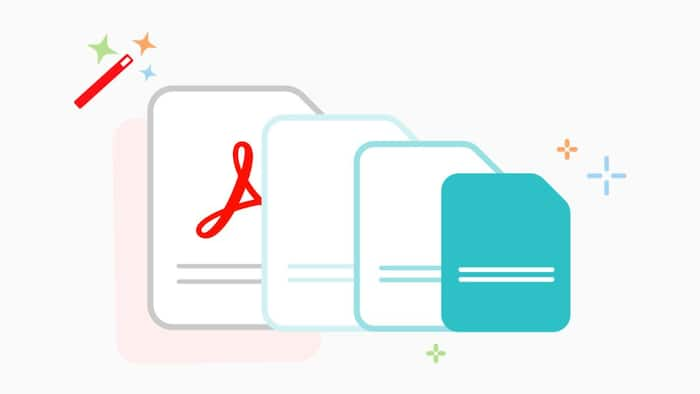
Written By Shubham Verma
Edited By: Shubham Verma | Published By: Shubham Verma | Published: Apr 28, 2024, 03:22 PM (IST)

Reduce size of a PDF file: If you are reading this, the chances are you have come across a PDF file at least once. PDF files help you share information in a format that is universally acceptable. That means nearly every device and software can open a PDF file, but sometimes the file size makes it hard for some apps to open it. Reducing its size can help.
There are two main ways to shrink your PDF file so it becomes compatible with an app.
Using an online tool: Several online tools can help compress PDF files. While most of them are free, a few tools charge you for additional features. These tools work by reducing the quality of the images in the PDF, which is a good thing because you would hardly need high-quality images in a PDF file. A simple Google Search will show you many free tools that can compress a PDF file for you and work on PCs, Macs, and smartphones.
Using offline software: You can compress PDF files even when you have no internet connection. Apps such as PDFShrink and Foxit PDF Studio Free are free-to-use tools you can download on your PC and compress PDF files without a hassle. Adobe Acrobat Pro also allows PDF compression, although it is paid software.
While there are tools to compress a PDF file after it is generated, you can try publishing a lightweight PDF file alternatively. Here are some additional tips:
Reduce image resolution: When inserting images into a file, try to reduce their resolution. Most PDF files do not need to be high-resolution, making this a safe method.
Convert colour images to grayscale: The more the information in a photo, the more its size. Grayscale images are smaller than colour images in size, so you can try using them instead.
Remove unnecessary fonts: Keeping the fonts simple can help reduce the size of a PDF file.
Compress text: Some PDF files let you compress the text, which helps in reducing the overall file size significantly.